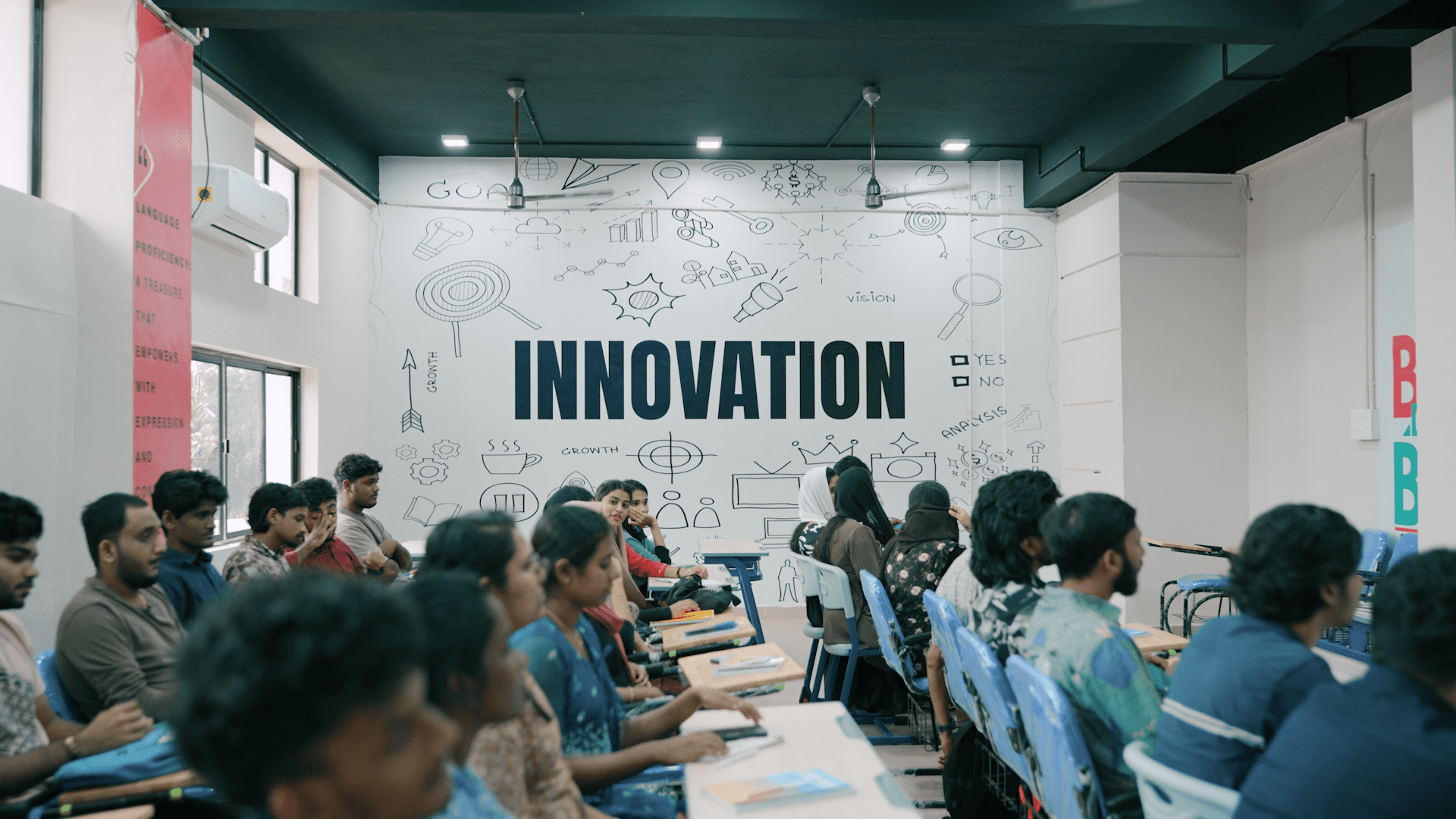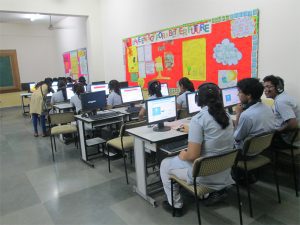Accounting Profession : How technology is impacting it?
Posted on :13/08/2024

A language lab, short for “language laboratory,” is a specialized educational facility designed to enhance language learning and teaching. These labs provide an interactive environment where students can practice and improve their language skills, focusing on listening, speaking, reading, and writing. Here are some key aspects of language labs:

In summary, language labs play a crucial role in language education, offering a dynamic and engaging environment for learners. Whether physical or virtual, these labs empower students to develop their language skills effectively.

